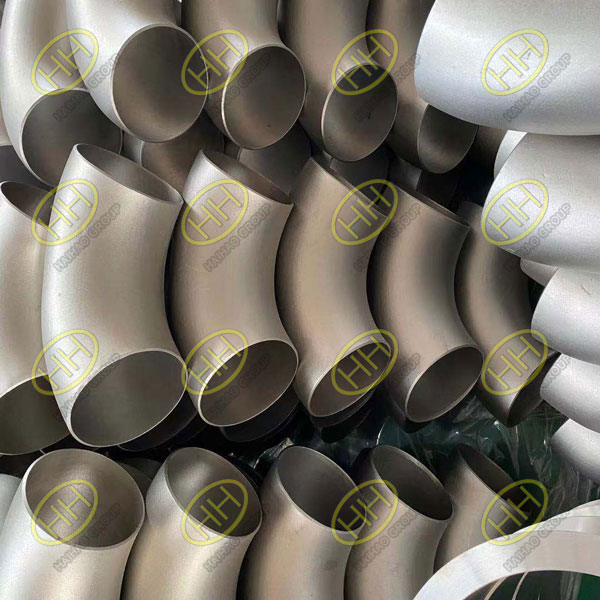Pitting experiment of duplex stainless steel ordered by Indonesian customer
The ferrite experiment was introduced in the first part. The experiment went well, but the pitting experiment was more twists and turns.
Initially, the customer provided two tests: ASTM A923 C or ASTM G48 C.
First, I will introduce ASTM A923 C, then ASTM G48, and finally compare the differences between the two.
Intermetallic compounds are easily formed in duplex (austenite-ferritic) stainless steels at 600~1750F(320~955℃). The formation rate of these precipitated phases is determined by the chemical composition of each single phase and the thermal or thermodynamic processes. The presence of these phases is detrimental to the toughness and corrosion resistance of materials.
If the sampling location and direction are chosen correctly, ASTM A923 C can easily detect the presence of undesirable compounds in the material. As undesirable compounds are produced by the effect of temperature and cooling rate, basically the experimental method should select the area on the material that has experienced the most close to promoting the formation of undesirable compounds to conduct the experiment. Under normal circumstances, this area would be the slowest to cool down.
ASTM A923 C- Iron chloride corrosion test
This test method describes the implementation of the ferric chloride corrosion test method for the detection of harmful intermetallic compounds present in duplex stainless steel.
In this test, the presence or absence of corrosion does not mean that it is not inevitable in other corrosive environments. In particular, it is not intended to provide a basis for determining the precipitation of intermetallic compounds unrelated to corrosion resistance formation.
Ferric chloride corrosion tests can be used to evaluate raw materials if it is possible to obtain samples of suitable position and shape.
| A GRADE | B STATUS | C TEMPREATURE | D Maximum weight allowed to reduce corrosion |
| E S31803 | F MOTHER PLATE | G 25℃ | H 10mdd |
| L S32205 | J WELDING SEAM | K 22℃ | L 10mdd |
| M S32750 | N MOTHER PLATE | G 40℃ | P 10mdd |
– The scope of application and qualification of test method C are listed below
The next article will focus on the ASTM G48 C.

